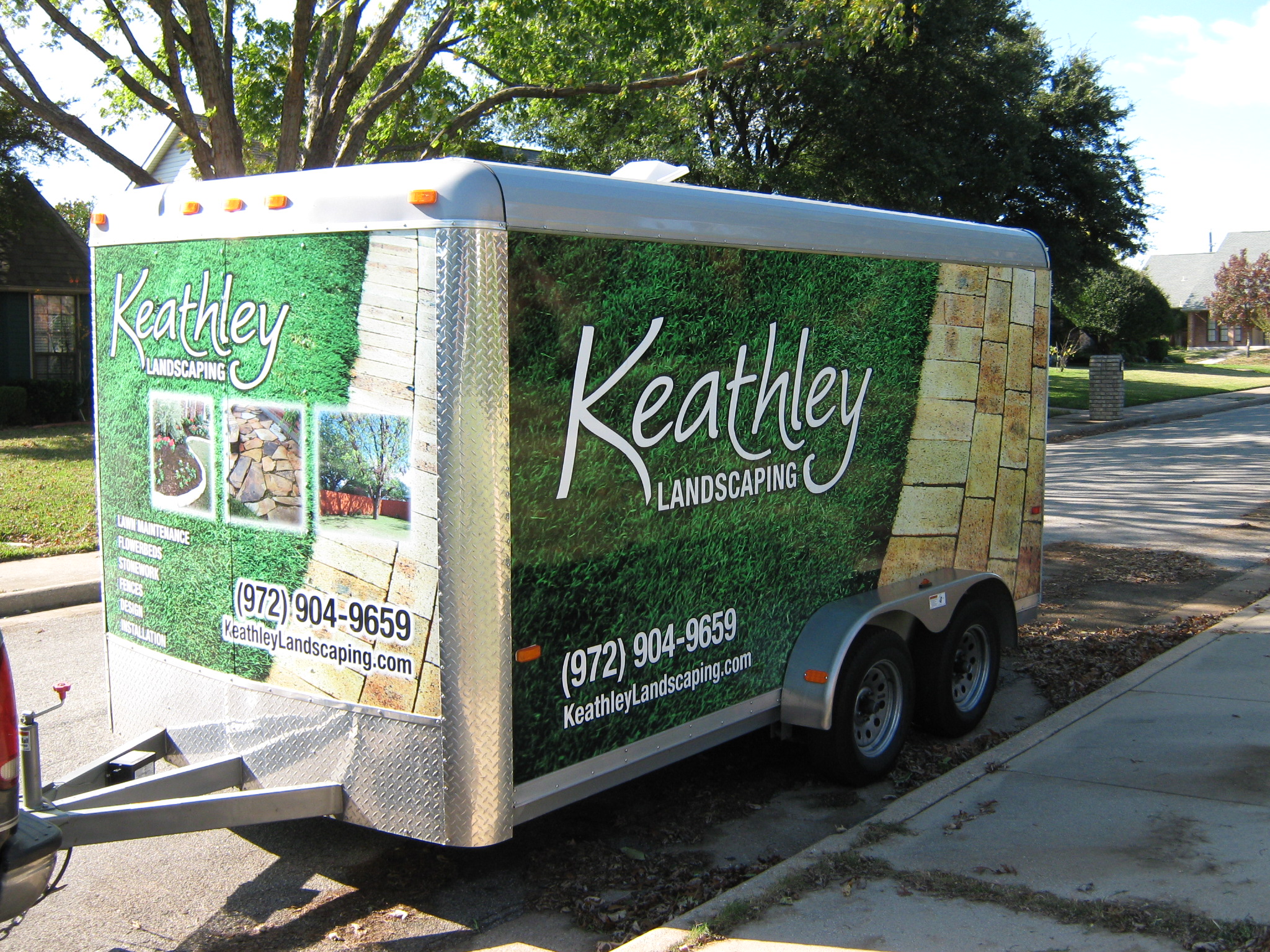French Drains: A Cost-Effective Solution for Water Management
Have you ever found yourself battling with puddles in your backyard or a damp basement? If so, you might be in need of a French drain! This nifty solution has been helping homeowners for decades, and today, we’re diving into why it might just be the cost-effective solution you need for water management. 💧
Table of Contents
1. What is a French Drain?
2. How Does a French Drain Work?
3. Benefits of Installing a French Drain
4. Installation: DIY or Hire a Professional?
5. Maintenance Tips for Longevity
6. FAQs
What is a French Drain?
Simply put, a French drain is a trench filled with gravel or rock that contains a perforated pipe. Its primary role is to redirect surface water and groundwater away from an area. Named after Henry Flagg French, this drainage system has been a go-to solution for many dealing with excess water issues.
How Does a French Drain Work?
Imagine your yard as a giant sponge. When it rains, water soaks into the ground, but sometimes, the ground can’t absorb it all. This is where a French drain steps in. The perforated pipe collects and channels the water away from your home or garden, efficiently preventing water buildup and reducing potential damage. Think of it as a secret passageway for water! 🏞️
Benefits of Installing a French Drain
Why should you consider installing a French drain? Here are a few compelling reasons:
1. Cost-Effective: Compared to other drainage solutions, French drains are relatively inexpensive, both in terms of materials and installation.
2. Versatile: They can be used in various scenarios, whether it’s redirecting water from your basement, garden, or even driveway.
3. Low Maintenance: Once installed, French drains require minimal upkeep, making them a hassle-free solution for homeowners.
4. Effective Water Management: They efficiently manage water flow, preventing damage to your property and landscape.
Installation: DIY or Hire a Professional?
If you’re handy with tools and enjoy a bit of outdoor work, installing a French drain can be a rewarding DIY project. However, if you’re not as confident, hiring a professional might be the best route to ensure the job is done right. Remember, a poorly installed drain can lead to more problems down the line. 🛠️
Maintenance Tips for Longevity
While French drains are low maintenance, here are a few tips to keep yours in top shape:
1. Regular Inspections: Check your drain periodically for any blockages or damage.
2. Clear Debris: Make sure the area around the drain is free from leaves, dirt, or other debris that could obstruct water flow.
3. Professional Cleaning: Consider having your drain professionally cleaned once every couple of years to ensure it remains efficient.
FAQs
Q1: How long does a French drain last?
A: With proper installation and maintenance, a French drain can last anywhere from 30 to 40 years.
Q2: Can French drains handle heavy rainfall?
A: Yes, when properly installed, they are designed to handle significant amounts of water, making them ideal for areas with heavy rainfall.
Q3: Is a permit required to install a French drain?
A: It depends on local regulations. It’s always best to check with your local municipality before starting the installation.
In conclusion, French drains offer a practical and affordable solution for water management. Whether you’re looking to protect your basement or enhance your garden’s drainage, this might just be the perfect solution. So, are you ready to say goodbye to water woes? 😊






































Recent Comments